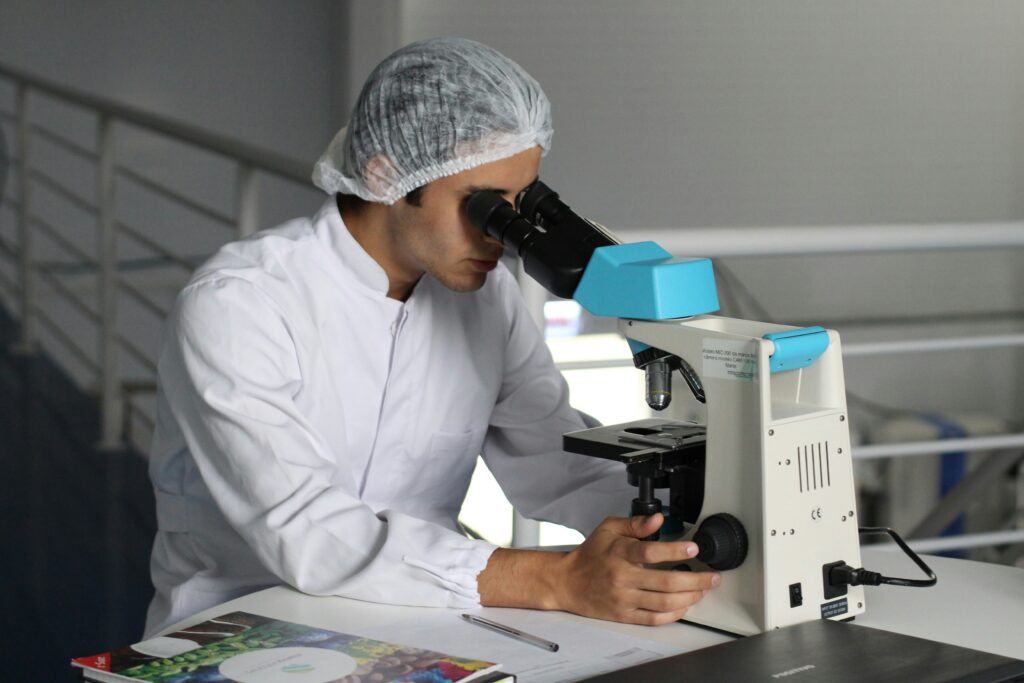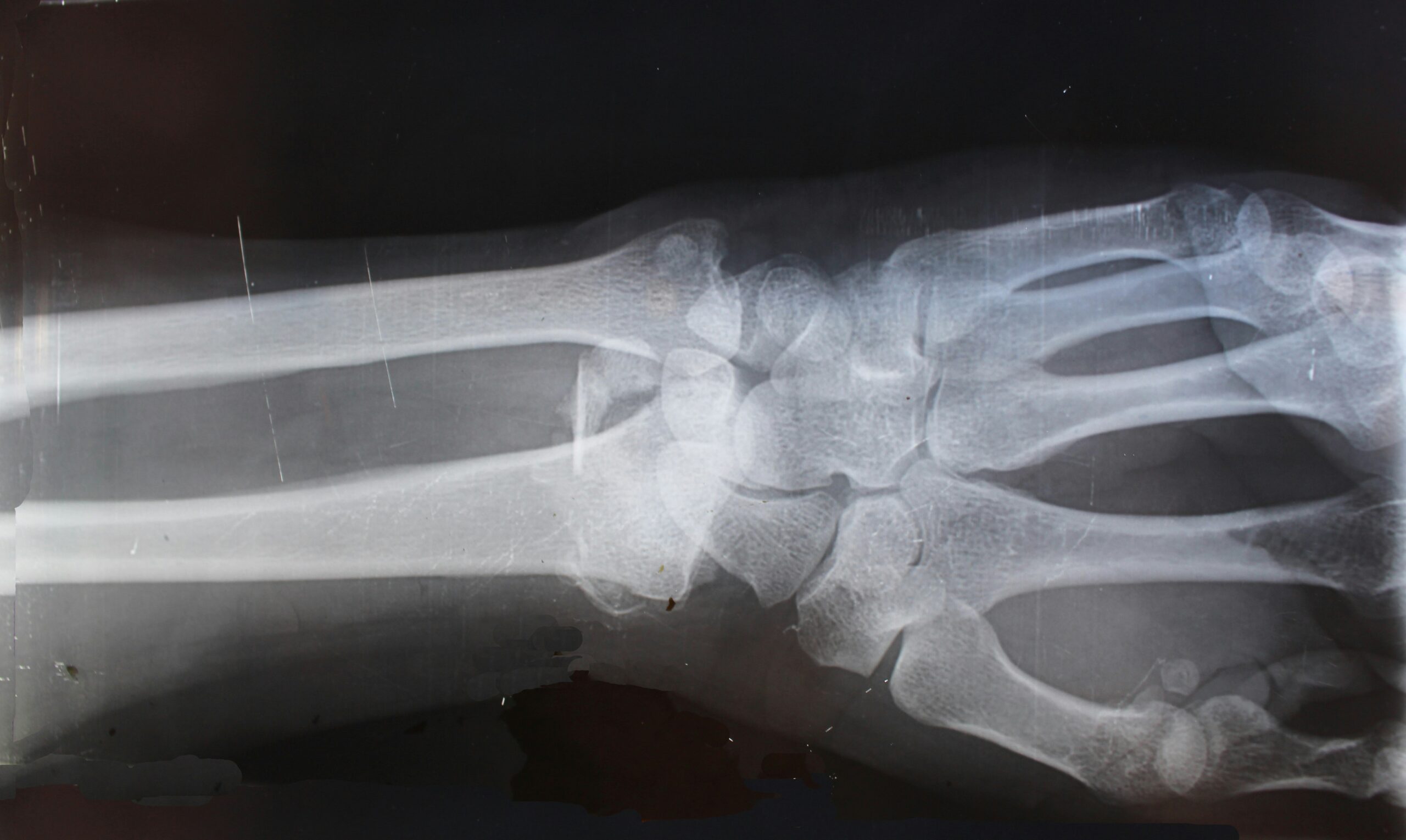Microscopes are essential instruments in scientific research, allowing us to observe structures and organisms invisible to the naked eye. Their development has revolutionized fields such as biology, medicine, material science, and nanotechnology. This article explores the history, types, advancements, and significance of microscopes in detail.
1. History and Development of the Microscope
The invention of the microscope marked the beginning of a new era in science, allowing researchers to explore microscopic structures that were previously unknown.
Early Developments (16th–17th Century)
- 1590s: The first microscope was invented by Hans and Zacharias Janssen, Dutch spectacle makers, who developed a compound microscope by combining multiple lenses in a tube. This early model could magnify objects up to 10× but lacked clarity.
- 1665: Robert Hooke, an English scientist, improved the compound microscope and published Micrographia, where he described cells for the first time while observing a thin slice of cork. This led to the foundation of cell theory.
- 1674: Antonie van Leeuwenhoek, a Dutch scientist, developed high-powered single-lens microscopes, achieving magnifications up to 200–300×. He discovered bacteria, sperm cells, red blood cells, and protozoa, earning him the title “Father of Microbiology.”

Advancements in the 18th–19th Century
- Standardization of Microscopes: Carl Zeiss and Ernst Abbe developed microscopes with precise optical calculations, improving their resolution and reliability.
- Improvements in Optics: Achromatic lenses were introduced by Joseph Jackson Lister (1830), reducing chromatic aberrations and improving clarity.
- Microtome Development: The invention of microtomes allowed scientists to cut thin sections of biological tissues, enabling detailed studies under the microscope.
20th–21st Century: Modern Microscopy
- 1931: Electron Microscope was developed by Ernst Ruska, allowing magnification up to 2 million×, revolutionizing cellular and material studies.
- 1950s–2000s: Fluorescence and Confocal Microscopes improved imaging techniques by using fluorescent dyes to highlight specific cell structures.
- Recent Advancements: Super-resolution microscopy, cryo-electron microscopy (cryo-EM), and AI-powered digital microscopes now enable molecular-level visualization with extreme precision.

2. Types of Microscopes
Microscopes can be classified based on their light source, magnification ability, and imaging techniques.
A. Optical Microscopes (Light Microscopes)
These use visible light and lenses to magnify objects.
- Simple Microscope
- Uses a single convex lens.
- Example: Magnifying glass.
- Limited magnification (10–20×).
- Compound Microscope
- Uses multiple lenses (objective and eyepiece) for higher magnification.
- Commonly used in laboratories.
- Magnification: 40× to 2000×.
- Fluorescence Microscope
- Uses fluorescent dyes and ultraviolet (UV) light to visualize specific cell components.
- Essential in biochemistry, genetics, and medical diagnostics.
- Phase-Contrast Microscope
- Enhances contrast in transparent specimens without staining.
- Used for observing live cells, bacteria, and intracellular components.
B. Electron Microscopes
Instead of light, these microscopes use electron beams for imaging at extremely high resolutions.
- Transmission Electron Microscope (TEM)
- Passes electrons through ultra-thin samples.
- Provides detailed internal structure of cells, viruses, and molecules.
- Magnification: 50,000× to 2,000,000×.
- Scanning Electron Microscope (SEM)
- Scans the surface of specimens with electron beams to create 3D images.
- Used in materials science, nanotechnology, and forensic analysis.
- Magnification: 15× to 500,000×.
C. Scanning Probe Microscopes
These microscopes provide atomic-level resolution by scanning surfaces with a fine probe.
- Atomic Force Microscope (AFM)
- Measures forces between the probe and the specimen surface.
- Used in nanotechnology and material science.
- Scanning Tunneling Microscope (STM)
- Visualizes atomic structures by detecting electron tunneling.
- First microscope to image individual atoms.
3. Importance of Microscopes
Microscopes have transformed numerous scientific fields, enabling discoveries that have advanced human knowledge and technology.
A. Biology and Medicine
- Cell Studies: Microscopes helped formulate cell theory, proving that all living organisms are made of cells.
- Disease Diagnosis: Microscopy is used in pathology and microbiology to identify bacteria, viruses, and cancer cells.
- Genetic Research: Microscopes aid in chromosome mapping, gene expression studies, and IVF technology.
B. Material Science and Engineering
- Used in nanotechnology to develop semiconductors, microchips, and advanced materials.
- Identifies defects in metals and composites in industries like aerospace and automotive.
C. Environmental Science and Forensics
- Helps detect pollutants, toxins, and microorganisms in water and soil samples.
- Used in forensic investigations to analyze hair, fibers, and fingerprints.
D. Space and Astrobiology
- NASA and other agencies use advanced microscopes to examine extraterrestrial materials from meteorites and Mars samples.
4. Conclusion
Microscopes have revolutionized scientific discovery, playing a vital role in medicine, biology, materials science, and forensic analysis. From simple lenses to powerful electron and atomic force microscopes, their evolution has enabled us to explore the unseen world with remarkable precision. Continuous advancements in microscopy are shaping the future of medicine, nanotechnology, and space exploration, further expanding human knowledge and capabilities.
















The website design looks great—clean, user-friendly, and visually appealing! It definitely has the potential to attract more visitors. Maybe adding even more engaging content (like interactive posts, videos, or expert insights) could take it to the next level. Keep up the good work!
than you dear visitor, keep visiting and suggesting good things.